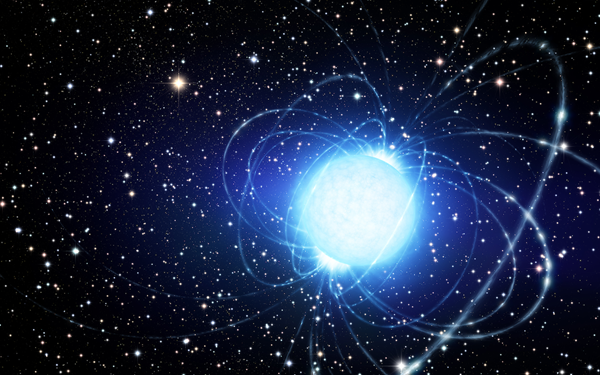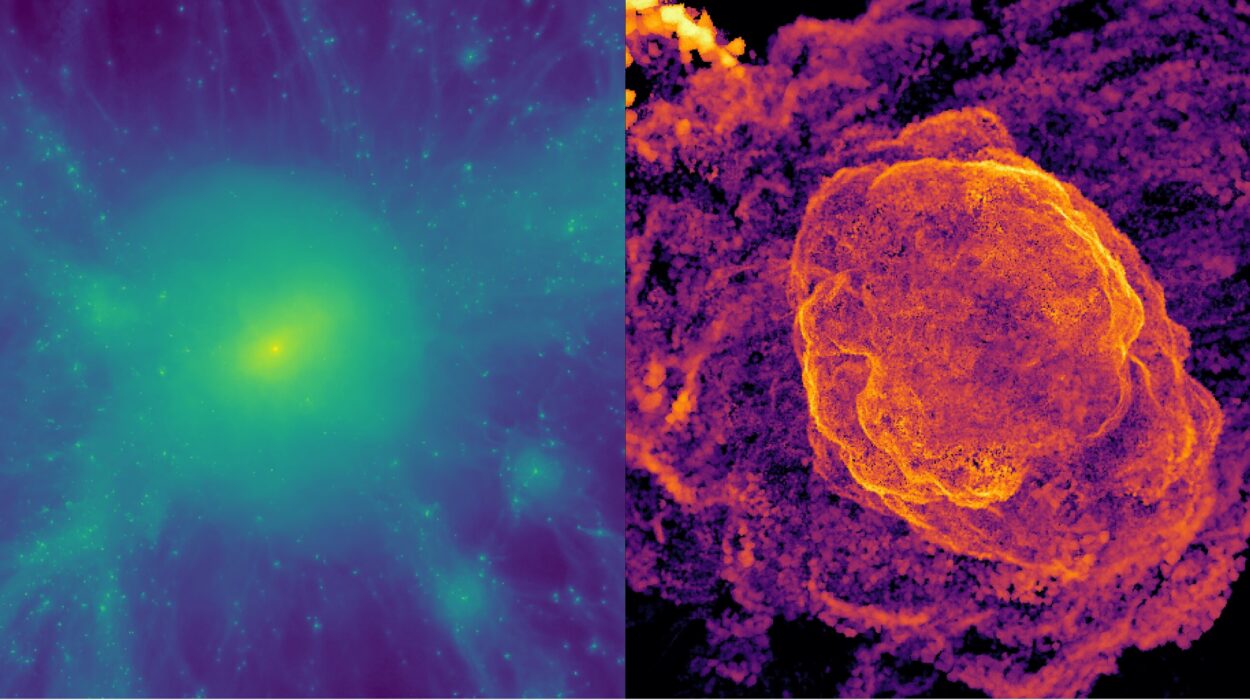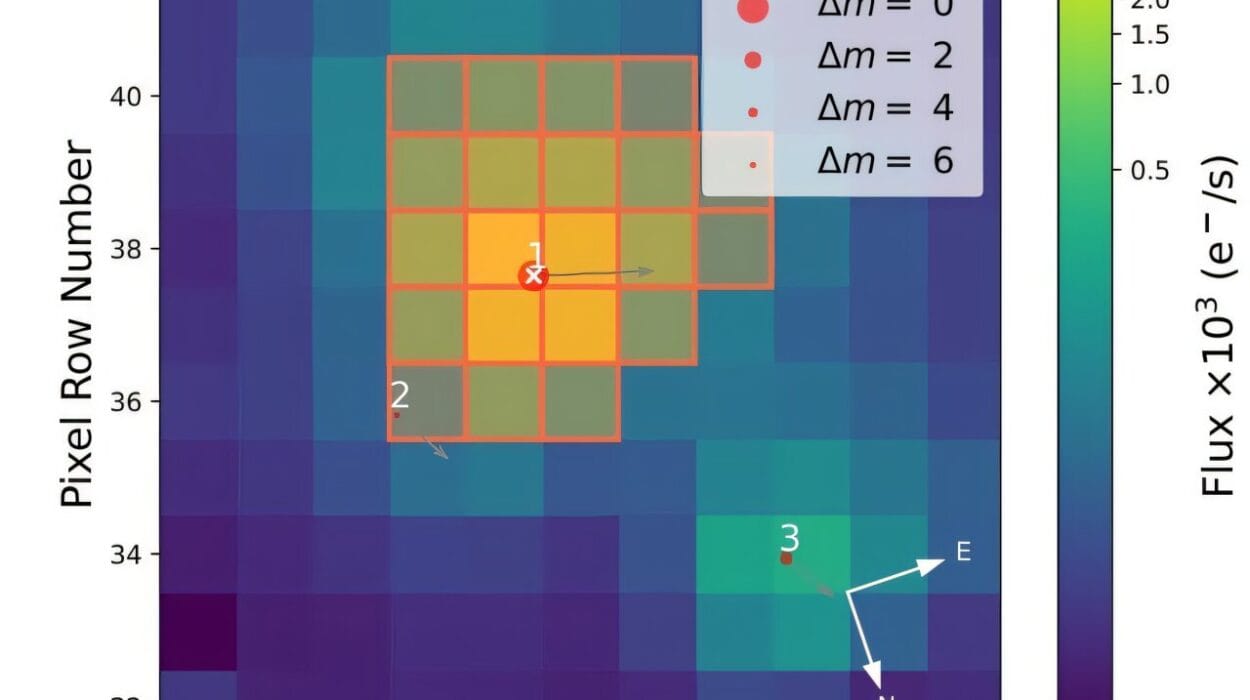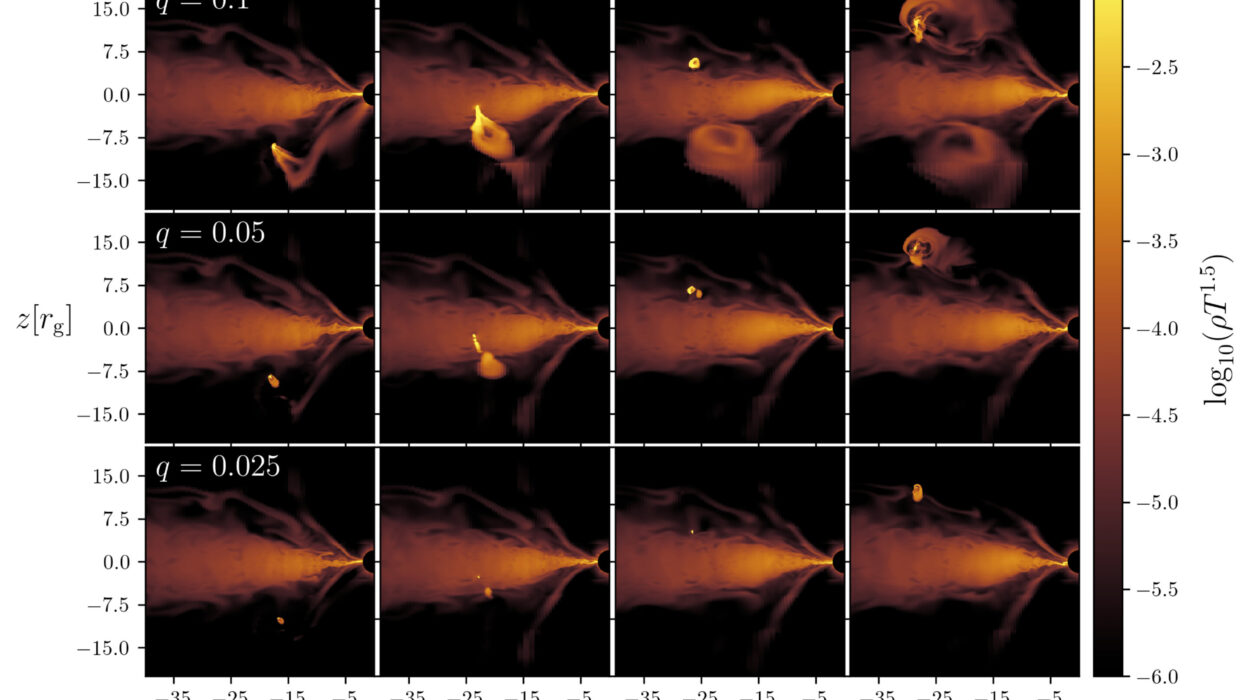High in the Chilean Andes, beneath some of the darkest skies on Earth, a celestial mystery has quietly unraveled. Astronomers peering through the powerful eyes of the Magellan Telescopes have uncovered the shattered remnants of a once-mighty star cluster—a stellar behemoth now reduced to a faint shadow of its former self. The globular cluster ESO 280-SC06, they discovered, has lost more than 95% of its original mass. What remains is not just a fossil of the cosmos, but a story of destruction, survival, and transformation.
This remarkable discovery, led by Sam A. Usman from the University of Chicago and published on June 18 on the arXiv pre-print server, is not just another study of ancient stars. It’s a rare glimpse into the violent life cycle of globular clusters and the forces that shape our galaxy from the inside out.
The Hidden Heart of a Galaxy
Globular clusters (GCs) are among the oldest living residents of the Milky Way—dense, spherical swarms of stars that orbit the galaxy’s halo like glittering bees around an invisible hive. Each cluster can house anywhere from tens of thousands to millions of stars, tightly bound by gravity and pressed into a space just a few hundred light-years wide. They’re ancient, enigmatic, and key to understanding how galaxies like ours came to be.
Yet, despite their beauty, GCs are not immune to the passage of cosmic time. Interactions with the Milky Way’s gravitational forces, collisions with other objects, and internal dynamics can tear these stellar systems apart, strand by star.
ESO 280-SC06 is one such survivor. Located roughly 67,000 light-years away in the outer reaches of the galactic halo, it is one of the faintest and most chemically primitive clusters ever discovered in our galaxy. Its current mass is a meager 12,500 times that of our Sun—nearly invisible against the backdrop of more massive clusters.
But it wasn’t always this way.
A Stellar Crime Scene
Using the Magellan Inamori Kyocera Echelle (MIKE) spectrograph, Usman’s team conducted an intricate chemical autopsy of ESO 280-SC06. By focusing on ten red giant branch (RGB) stars—stellar elders nearing the final chapters of their lives—they extracted clues buried deep within the cluster’s atmosphere.
The results were stunning. ESO 280-SC06 carries a metallicity of -2.54 dex, meaning it is extremely metal-poor. In astronomical terms, “metals” include all elements heavier than hydrogen and helium, and such low metallicity suggests these stars formed early in the universe, before heavier elements had been widely distributed by supernovae.
But what truly shocked the team wasn’t just what the cluster lacked—it was what it retained.
Nearly 80% of the stars they studied belonged to what astronomers call the “second population,” or 2P—stars with strange chemical signatures, rich in nitrogen, sodium, and aluminum, and depleted in carbon, oxygen, and magnesium. These elements indicate that the stars were born in a chemically processed environment—one already stirred by earlier stellar generations.
In most globular clusters of similar size, only about 40% of stars belong to this chemically unusual group. But in ESO 280-SC06, that fraction had doubled.
It was as if someone had swept away the original stars—the “first population” or 1P—leaving behind only the chemically evolved descendants.
Echoes of a Colossal Past
The presence of so many 2P stars raised a profound question: What happened to the rest?
Using the data gathered from MIKE, Usman and his team ran models of cluster evolution. The numbers pointed to a shocking truth: ESO 280-SC06 had likely started life as a giant, with an initial mass between 250,000 and 500,000 solar masses. That makes the cluster we see today a ghost—only 2% to 5% of its former self.
“It’s as if we’ve stumbled upon the ruins of a cosmic city,” said one astronomer familiar with the research. “Most of it has crumbled into dust, but a few ancient towers still stand.”
The researchers propose that the cluster underwent significant tidal disruption, likely due to its interactions with the Milky Way’s gravitational field. Over billions of years, stars on the periphery of the cluster—most of them 1P stars—were stripped away. The remaining core, rich in 2P stars, survived the galactic gauntlet, albeit battered and diminished.
This finding challenges existing models of globular cluster formation and survival. It also forces scientists to re-evaluate the population ratios observed in other clusters. Could more of them be survivors of such stripping events? Are we underestimating how much mass these clusters have lost?
A Rare Chemical Signature
Adding another twist to the tale, the team discovered a nitrogen-enhanced star within the cluster—an anomaly that likely formed through mass transfer in a binary star system. One star, in its death throes, dumped its chemically processed material onto its partner, leaving behind a nitrogen-rich fingerprint.
Such stars are relatively rare, but their presence helps astronomers better understand stellar evolution and binary interactions within dense environments. It’s like finding a single feather that hints at the flight of a long-extinct bird.
Moreover, Usman’s team was able to determine abundances or upper limits for 21 additional elements across the RGB stars, spanning light, alpha, odd-Z, iron peak, and neutron-capture groups. Each elemental signature serves as a data point in reconstructing the cluster’s history—what it was made of, what it endured, and what it left behind.
A Window Into Galactic Evolution
ESO 280-SC06 is more than a curiosity. It’s a window into the hidden architecture of our galaxy. The fact that it exists at all, clinging to the edge of the Milky Way after shedding 98% of its mass, tells astronomers how galaxies grow—not just through building, but through breaking.
Its survival also gives weight to the theory that many of the stars scattered across the Milky Way’s halo today were once part of long-dead clusters. These “fossil stars,” wandering far from their birthplaces, might carry the same 1P chemical signatures that ESO 280-SC06 lost.
By studying such remnants, astronomers can piece together a more complete picture of the Milky Way’s evolutionary history. It’s like finding lost chapters in a book thought to be finished.
A Quiet Giant, Rediscovered
In the grand theater of the cosmos, ESO 280-SC06 doesn’t shine the brightest. It’s faint, ancient, and easily overlooked. But within its chemical bones lies a story of cosmic endurance—a narrative of birth, loss, and survival written in the language of light and atoms.
As astronomers continue to search the skies for more clues, this stripped-down cluster may become a key to unlocking not just the secrets of globular clusters, but of the galaxy itself.
For now, it stands alone, 67,000 light-years away, whispering a story of destruction and resilience. A ghost of a giant that refuses to be forgotten.
Reference: Sam A. Usman et al, Chemical Abundances in the Metal-Poor Globular Cluster ESO 280-SC06: A Formerly Massive, Tidally Disrupted Globular Cluster, arXiv (2025). DOI: 10.48550/arxiv.2506.15664






